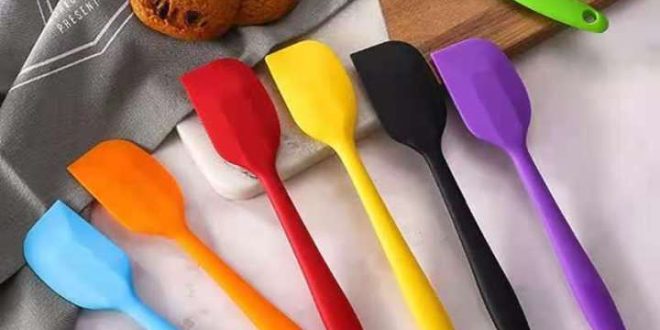When it comes to cooking, having the right tools is essential. Heat resistant cooking utensils play a crucial role in any kitchen. They enhance safety, improve cooking performance, and provide durability. This article explores the importance of these utensils and why you should consider using them.
What Are Heat Resistant Cooking Utensils?
Heat resistant cooking utensils are designed to withstand high temperatures without melting or warping. Common materials include silicone, stainless steel, and heat-resistant nylon. These materials ensure that your utensils remain functional, even during intense cooking sessions.
Benefits of Using Heat Resistant Cooking Utensils
Enhanced Safety
One of the primary benefits of heat resistant cooking utensils is safety. Using tools that can tolerate high heat reduces the risk of burns. It also minimizes the chances of utensils melting into your food. This safety aspect is especially important in busy kitchens.
Durability and Longevity
Heat resistant cooking utensils tend to last longer than their non-heat resistant counterparts. They do not warp or degrade easily, even with regular use. Investing in quality utensils saves you money in the long run. You won’t need to replace them frequently, which makes them a wise choice for any home cook.
Versatility in Cooking
These utensils are versatile and can be used in various cooking methods. Whether you’re sautéing, frying, or baking, heat resistant cooking utensils perform well. Their design allows for easy handling of hot foods. This versatility makes them essential for any kitchen.
Why Choose Heat Resistant Cooking Utensils?
Using regular kitchen utensils for high-temperature cooking can lead to frustration. They may melt, bend, or even release harmful chemicals into your food. Heat resistant cooking utensils are designed to handle the intense heat that comes with grilling, frying, or baking, ensuring safety and durability.
These utensils are often made from materials like silicone, stainless steel, or wood. They are crafted to endure temperatures as high as 500°F (260°C) or more, providing peace of mind when working with hot surfaces. Investing in these tools is essential for anyone who enjoys cooking at high temperatures.
Choosing the Right Heat Resistant Cooking Utensils
When selecting heat resistant cooking utensils, consider the following factors:
Material
Different materials offer various advantages. Silicone utensils are flexible and non-stick, making them ideal for delicate dishes. Stainless steel utensils provide sturdiness and are great for heavy-duty cooking. Choose a material that fits your cooking style.
Heat Tolerance
Not all heat resistant cooking utensils are created equal. Check the maximum heat tolerance of each utensil. Some may withstand temperatures up to 500°F, while others may only tolerate 300°F. Always match the utensil to your cooking needs.
Ease of Cleaning
Cleaning is another important consideration. Many heat resistant utensils are dishwasher safe, making cleanup easier. Look for utensils that are easy to wipe down or that can be thrown in the dishwasher.
Common Types of Heat Resistant Cooking Utensils
There are several types of heat resistant cooking utensils available. Here are some common examples:
Spatulas
Heat resistant spatulas are essential for flipping and stirring. They help prevent scratching on non-stick pans. Silicone spatulas are especially popular for their flexibility and heat tolerance.
Spoons
Cooking spoons made from heat-resistant materials are ideal for stirring hot mixtures. They provide comfort and control while cooking. A good heat resistant spoon can withstand high temperatures without damage.
Tongs
Heat resistant tongs are vital for gripping and turning food. They allow for safe handling of hot items, reducing the risk of burns. Look for tongs that are easy to clean and store.
The Environmental Impact of Choosing Heat Resistant Cooking Utensils
Choosing heat resistant cooking utensils can also have a positive impact on the environment. Many of these utensils are made from sustainable materials. By opting for durable products, you contribute to less waste. You won’t need to replace them as often, reducing your carbon footprint.
Reducing Plastic Waste
Using heat resistant utensils made from silicone or bamboo can help reduce plastic waste. Many traditional kitchen tools are made from plastic, which is harmful to the environment. By choosing alternatives, you support eco-friendly practices.
Conclusion
Incorporating heat resistant cooking utensils into your kitchen is essential for safety, durability, and versatility. These tools not only enhance your cooking experience but also contribute to a more sustainable environment. By choosing the right utensils, you ensure that your kitchen is equipped for all your culinary adventures. So, invest in heat resistant cooking utensils today for a better cooking experience tomorrow.
 Diverse Perspectives: Insights & Stories Exploring Ideas, Sharing Knowledge
Diverse Perspectives: Insights & Stories Exploring Ideas, Sharing Knowledge





